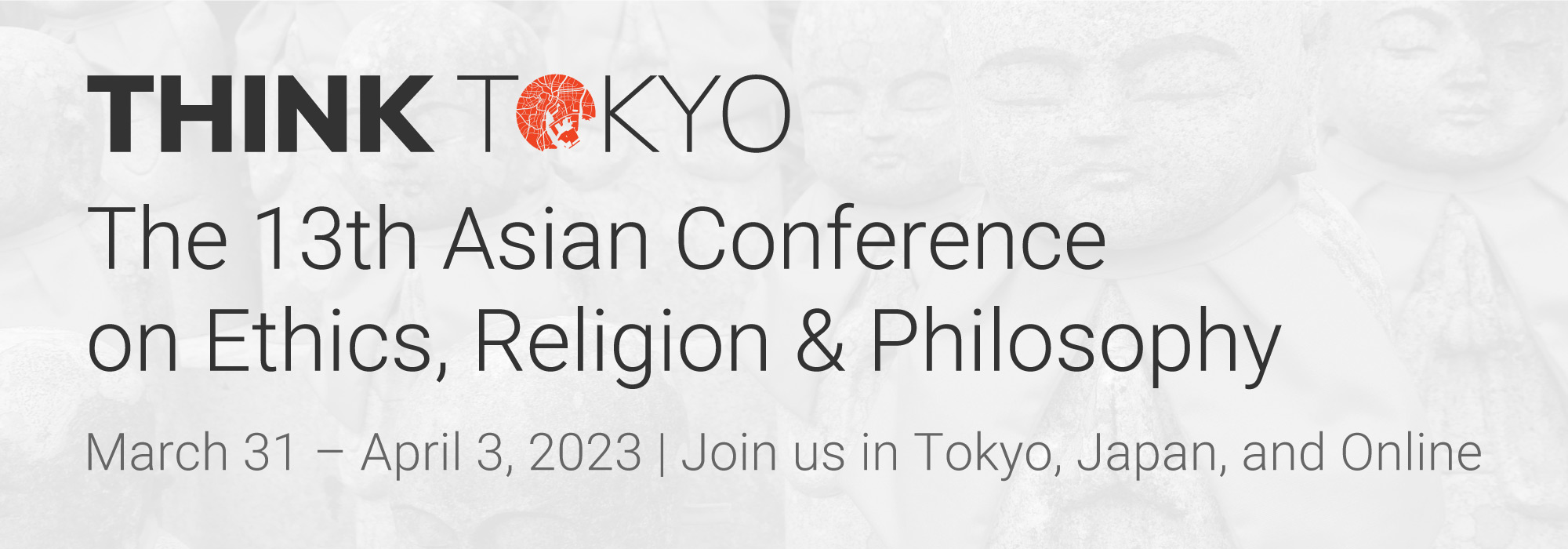Emotional Responses to Different Modes of Occlusion Applied to Phrases Expressing Situational/ Emotional Concepts (69225)
Session Chair: Ching Chih Liao
Saturday, 1 April 2023 16:50
Session: Session 4
Room: Room 703
Presentation Type:Oral Presentation
In prior basic research exploring the influence of different Chinese character structures and varied positions of occlusion, the speed and accuracy of character reading recognition has been explored. Based on those cumulative research results, this study extends the investigation from occluding single words to occluding phrases. The experimental design uses mode of occlusion (n=8) and phrases expressing emotional or situational concepts (n=5) as independent variables to measure the dependent variable of emotional response. The purposes of this research are to understand: 1. Whether text-occluding techniques are more conducive to emotional arousal than normal text; 2. Whether different modes of occlusion can evoke different degrees of emotion for the same phrase; and 3. Whether the mode of occlusion by visible object is more conducive to emotional arousal than the mode of occlusion by invisible object. The data was analyzed using repeated measures and the results showed that different occluding modes do affect the strength of the emotional response to the same emotional phrase. It was found that the occluding mode of "fading, covering strokes with objects" has the most significant emotional connection for each phrase. In comparison, the same phrases with no occlusion elicited the least emotional response from participants. The most common emotional response to the five phrases with different occlusion modes was “calm” with the exceptions of the emotional responses of “astonished” for ‘stepping on land mines’ and “calm and happy” for ‘beer festival (Oktoberfest)’.
Authors:
Ching Chih Liao, Ming Chuan University, Taiwan
About the Presenter(s)
Ching Chih Liao is An associate professor in the Department of Commercial Design, Ming Chuan University in Taiwan. Her main research areas are visual communication, cognition, and color design applications. She likes experiencing something new.
See this presentation on the full schedule – Saturday Schedule





Comments
Powered by WP LinkPress